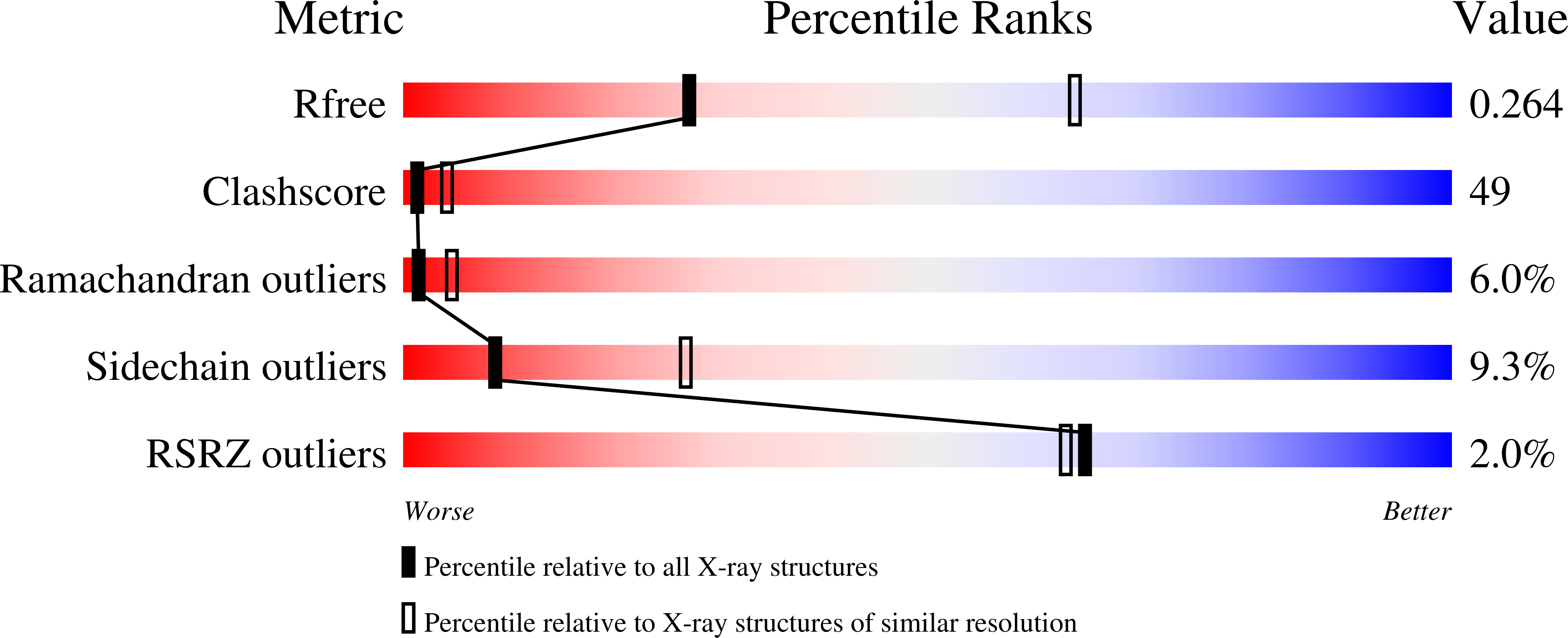
Deposition Date
2005-05-24
Release Date
2006-01-31
Last Version Date
2023-08-23
Entry Detail
PDB ID:
1ZSH
Keywords:
Title:
Crystal structure of bovine arrestin-2 in complex with inositol hexakisphosphate (IP6)
Biological Source:
Source Organism:
Bos taurus (Taxon ID: 9913)
Host Organism:
Method Details:
Experimental Method:
Resolution:
2.90 Å
R-Value Free:
0.26
R-Value Work:
0.25
Space Group:
P 32 2 1


